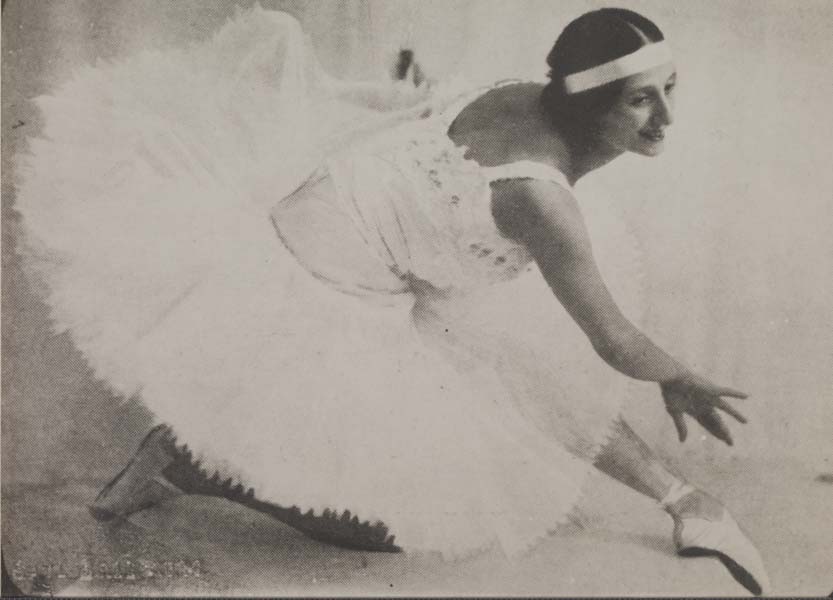Anna Pavlova was a ballet dancer and sensational international star.
Born into poverty in Russia, Pavlova first performed in London in 1909 as a member of the Imperial Russian Ballet Company. She bought a house in Hampstead in 1912 and settled in London permanently after the Russian Revolution of 1917. During the 1920s, her international reputation went from strength to strength, thanks to the intense expressiveness with which she danced.
Pavlova was wildly popular in London. Her first appearance after the end of the First World War was at Drury Lane in April 1920, an occasion that was treated by the British press as the return of a great national heroine. Subsequent appearances on the London stage attracted rhapsodic coverage, as did reports of her foreign tours and accounts of her home life at Ivy House, Hampstead.
Throughout the 1920s, her repertoire was based on dances she had made famous before the war, including her rendition of the dying swan in Swan Lake. But she also added some new dances including, in September 1923, a programme of three "Oriental Impressions", inspired by her recent visit to Asia. One of these dances was Japanese and two were Hindu in origin, based on Indian folklore and performed in authentic Indian costume to music by a female Indian composer, Comolata Banerji.
After her death in 1931, Pavlova’s reputation continued to flourish. She is still seen as a key figure in dance history for the way she brought emotion into dance.








